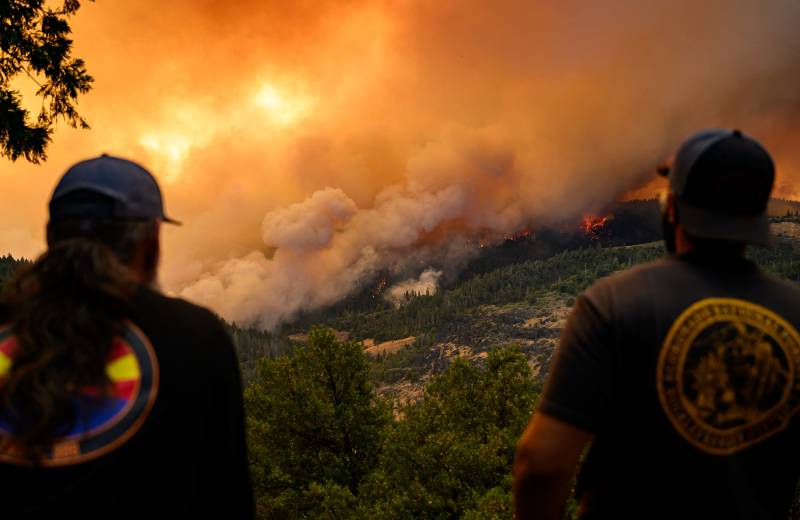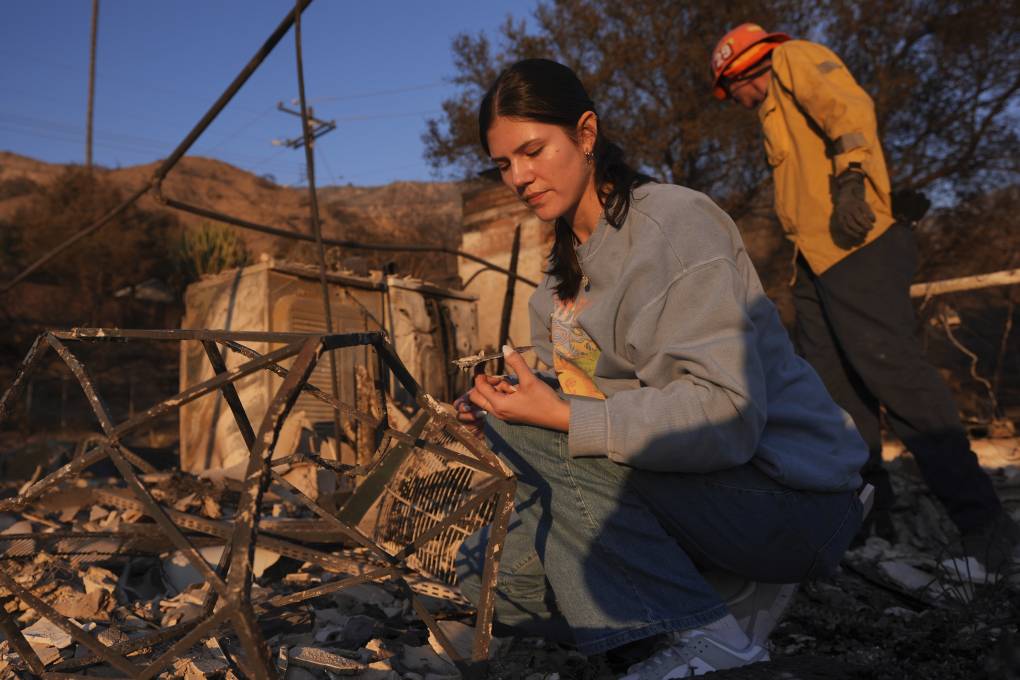The new maps are based on the best available science and technology, offering a fine-grained view of an area’s fire hazard, Berlant said.
An interactive version of the Cal Fire maps is available here. For the purposes of these maps, the word “hazard” does not exactly mean “risk.” Hazard incorporates topography, climate and dominant vegetation type (elements of the natural environment that are not easily changed). Risk, on the other hand, depends on these hazards plus ways the environment has been altered, whether by buildings, landscaping or mitigation projects.
They’re the second phase of Cal Fire’s maps update. Last year, the agency updated its maps for the State Responsibility Area, the one-third of the state where Cal Fire has responsibility for preventing and protecting against wildfires. These new maps cover areas that are protected by local fire departments.
Source: Cal Fire | Map by Matthew Green/KQED
A frequent concern voiced by members of the public is that these maps will cause their insurance company to raise their rates or change their policy. A Q&A from California’s Department of Insurance seeks to quell these fears, pointing out that insurance companies use their own maps — similar but proprietarily developed — in deciding which properties they’ll underwrite.
While previous maps only had two levels of fire hazard, these new ones have three. Homes that now find themselves in “very high” fire hazard zones will be subject to new defensible space requirements.

